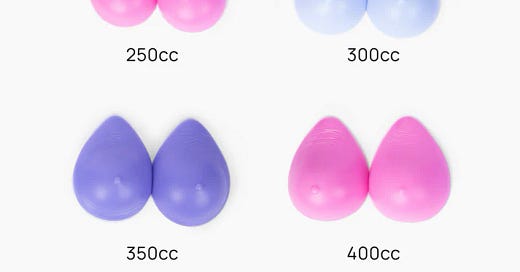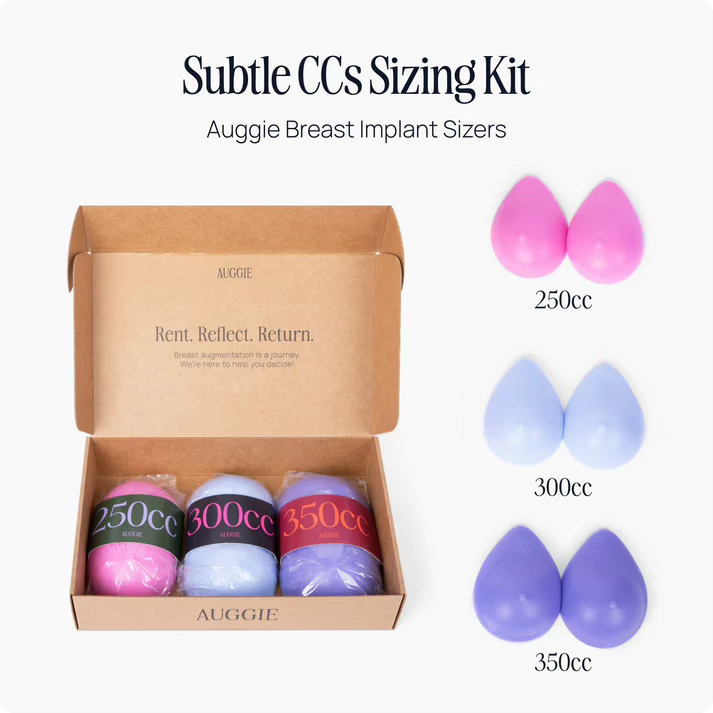***SALE ALERT***
Enjoy 20% off your SkinMedica favorites through June 24—and receive a free gift when you spend $300+(available while supplies last). You can’t go wrong with TNS Advanced+ Serum, HA5 Hydra Collagen Replenish + Restore Hydrator or any of this clinical-grade line’s other advanced offerings!
***********************************************************************************************
For the record, this is not a direct response to Kylie Jenner sharing her boob-job details—and I actually welcome her transparency. However, her very-specific surgical revelations did get me thinking.
When I stepped into the role of (founding) Executive Editor of NewBeauty magazine in 2004, I had direct access to top plastic surgeons who were innovating at a time when cosmetic enhancement was in the process of coming out of the closet. Hello, Botox received FDA approval for the “11s” in 2002!
The same plastic surgeons who were taking facial rejuvenation to new, natural-looking levels were also advocating for the public. As a magazine editor, my job was to deliver content that would keep readers (and advertisers) coming back, as this was also before the beauty blog boom. In the process of doing so, the magazine’s esteemed advisory board would always push back. As frustrating as it was at the time, one of my biggest takeaways is that GOOD plastic surgery is 100% planned and performed based on your unique anatomy and situation, as well as your personal goals. (And if your "goals” are unrealistic, a good plastic surgeon will turn you away.)
When you meet with a surgeon for a breast consultation, sure they’ll ask what size you’re thinking. They’ll also look at your body—because (hopefully) their ultimate goal is natural-looking proportions as opposed to “tits on a stick.” (If that’s the look you’re after, you can certainly find a surgeon to do it if you knock on enough doors.)
Whether you’re petite, broad-shouldered, starting with very little breast tissue, etc., your surgeon’s job (if they are ethical and properly trained) is to select the implants that will jive best with your body and your goals. Every breast surgery is different—and cookie-cutter results should be a red flag.
Back to Kylie—and the lowdown on my implants. (Clearly you know who’s who.)


Kylie: 445cc, moderate-profile silicone placed “half under the muscle.”
Me: 505cc, high-profile silicone placed under the muscle.
The biggest difference here: I was diagnosed with breast cancer 4 years ago and underwent two-stage reconstruction.
To put it simply, Kylie’s implants are only a little smaller than mine—but they were added to her existing breasts. When you get a double mastectomy (like I did), all of your breast tissue is removed—and implants are used to fill that space back up. (I’m over-simplifying, breast reconstruction is a lot more complicated than that.)
So Kylie basically shared the “prescription” her surgeon, Dr. Grant Fisher, created just for her—and Dr. Fisher’s office isn’t the only one flooded with phone calls. Thanks to Kylie, plastic surgeons across the country (and likely around the world) are asking for “Kylie boobs.” This is somewhat disturbing to me.
In addition to too many friends who have gotten breast implants after cancer, I have friends who got implants early (like during college). I also have a close friend who got implants as part of a “mommy makeover.” (335/305cc, moderate-profile silicone to be exact). I even know someone who recently decided to get implants in her mid-40s.
My point here is that every “boob job” is different. (And don’t you dare ever refer to breast reconstruction as a “boob job.”) Breast augmentation has a consistently high satisfaction rate, but on the flip side, breast reconstruction can be a brutal, years-long journey until a surgeon gets it right.
Plastic surgery is serious stuff that requires placing trust in the person who is performing it. When you choose breast augmentation (or reconstruction), you might also be trusting your doctor to make a game-time decision about implant size in the operating room. (They sit you up while you’re under anesthesia to assess position and proportions.) I distinctly remember seeing a full cart of implant options as I was wheeled into the operating room for my second reconstructive surgery.
I mentioned my friend who got breast augmentation in her mid-40s (245cc, moderate-profile, under the muscle if you must know). Immediately after surgery, she wished they were bigger. I thought of her (and anyone else considering breast augmentation) when I learned about Auggie. They offer implant sizer kits with 3 sizes that are 50ccs apart that you can see simulated results, and there’s a simple quiz to help guide you. They’re made of silicone and feel like actual implants, and you can rent a kit for 7 or 14 days if you don’t want to spend $300+ to own them. (But maybe you do.)
Plastic surgery is all about you, not getting what a celebrity or a friend got done. Listen to your gut, don’t be afraid to ask questions or find a different surgeon, and do whatever it takes to feel confident in your decisions—even if that means wearing “falsies” before committing to an implant size.
I may use affiliate links that allow me to earn a small commission on items purchased through my Substack. I work my hardest to only link products that I have tried or otherwise would purchase myself!




